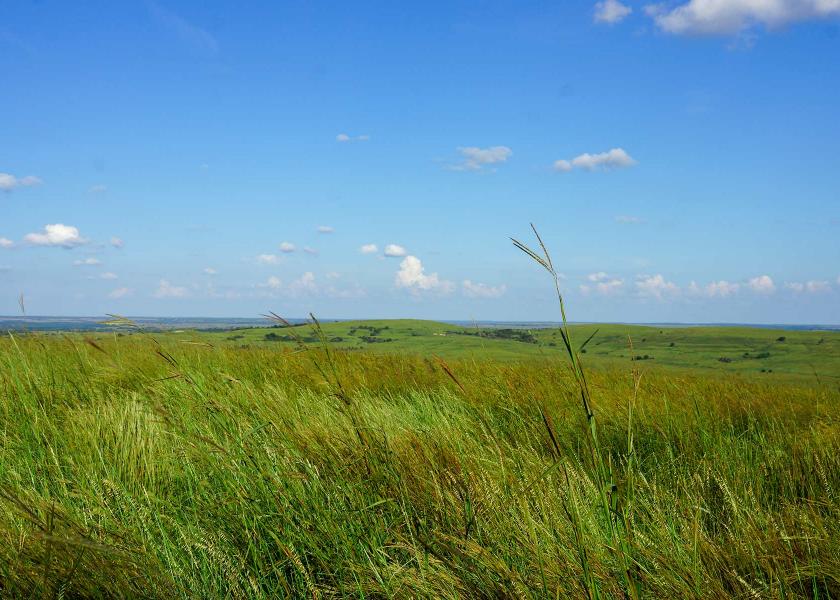Over 1,000 Counties Approved for Emergency Haying and Grazing

USDA has now authorized emergency haying and grazing on Conservation Reserve Program land in 1,021 counties in the U.S., most of them in the West. The list of counties has grown 4% in the last week.
Every week, USDA updates a map of counties eligible for emergency haying and/or grazing. As of June 24, the most recently published list of counties with permitted haying and grazing on CRP land includes 1,021 counties, or 32% of counties.

Of those counties, 860 have been designated in 2021. In June alone, emergency haying and grazing on CRP acres was authorized in 196 counties. Between June 17 and June 24, 39 counties were added to the designation list, an increase of 4% in one week.
In order for CRP haying and grazing to be authorized, USDA staff reviews each county’s status every Thursday using the U.S. Drought Monitor. Counties are approved for emergency haying and grazing when they are designated as level “D2 Drought - Severe” according to the U.S. Drought Monitor.
Counties may request emergency haying and grazing status through the Farm Service Agency County Committee in the event of a livestock emergency, the threshold for which is a documented 40% or greater loss of forage production due to the disaster event. Before haying and grazing, producers should contact the local USDA FSA County office to verify their county remains eligible and/or to obtain a modified conservation plan.
When a county is designated as D2 Drought – Severe and emergency haying and grazing is authorized, producers can use their CRP acreage for their own livestock or may grant use to another producer. For emergency haying, producers are limited to one cutting and are permitted to sell the hay. Participants must remove all hay from CRP acreage within 15 days after baling and remove all livestock from CRP acreage no later than one day after the emergency grazing period ends.







